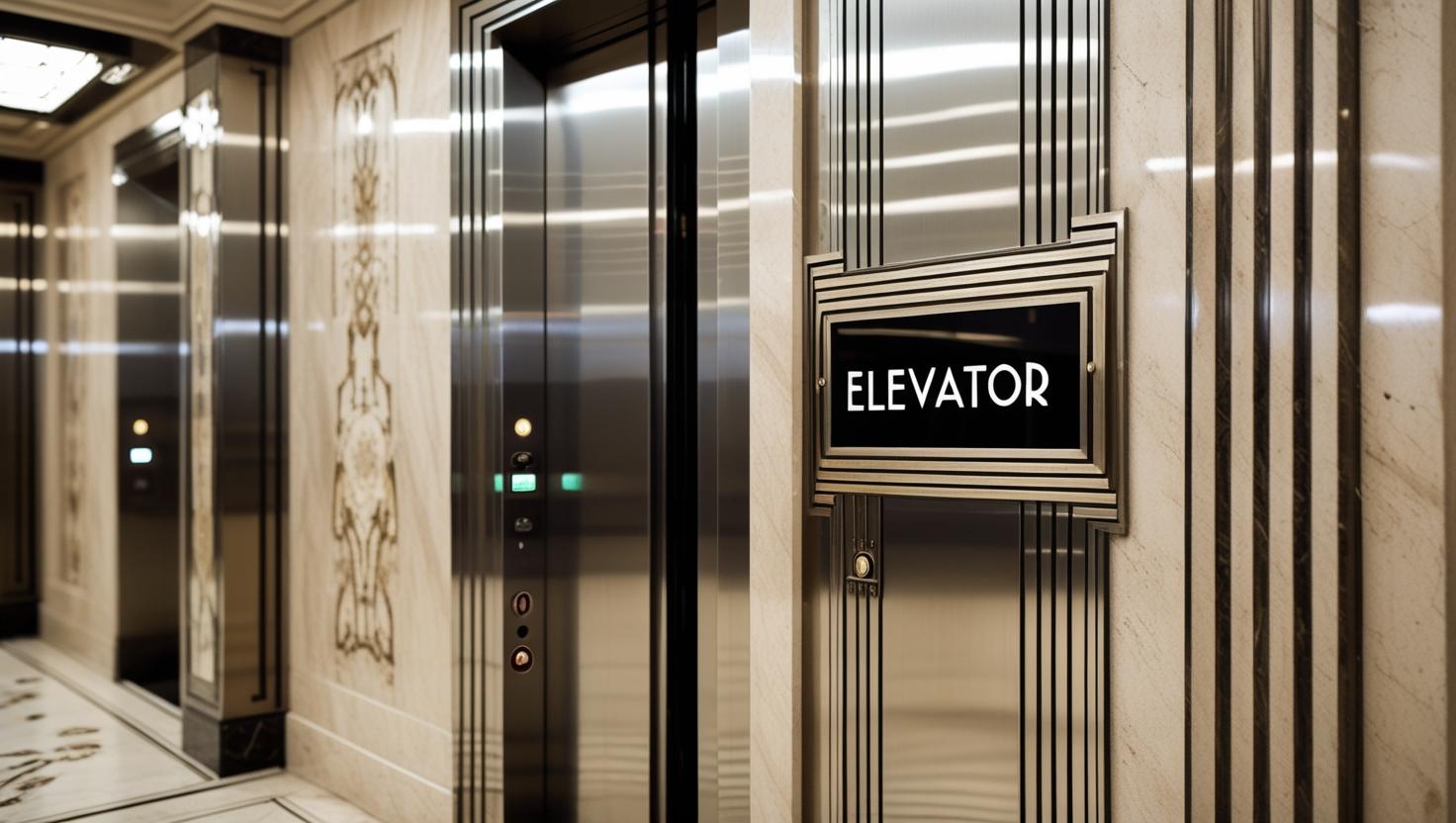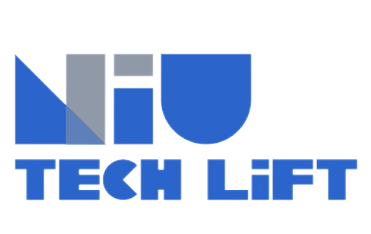
Injecting "Chinese Power" into Global Top Sports Venues: Unveiling the Intelligent Elevator Systems in NBA Arenas
From Saudi Super Projects to the Golden State Warriors' Home Court, How Chinese Technology Solves the Puzzle of Mass Exits for Tens of Thousands?
I. The Ultimate Challenge in NBA Arenas: Elevator Scheduling Dilemmas Under Mass Crowds
1. The "Second-Level Pressure" of Peak Human Flow
- An NBA game attracts over 18,000 spectators, with 75% of the crowd needing to exit within 15 minutes after the game (equivalent to transporting 900 people per minute).
- Traditional elevator scheduling algorithms (such as "First-Come, First-Served") easily lead to reverse stops and long-distance empty runs, exacerbating congestion.
2. Hard Requirements for Accessibility Design
- The U.S. Americans with Disabilities Act (ADA) mandates that venue elevators must support:
- Practice in the Golden State Warriors' Chase Center: Elevators integrate 800 navigation beacons, 联动 (linking with) apps to guide disabled spectators along the optimal path.
II. The Breakthrough of Chinese Intelligent Elevators: Three Core Technologies
1. AI Dynamic Elevator Dispatch System
- Upgraded LOOK Algorithm: Based on real-time crowd heat maps (e.g., cameras + infrared sensors), it dynamically allocates elevator operation directions to reduce invalid stops.
- Zoned Response Strategy:
2. Intelligent Implementation of Accessible Elevation
| Multi-Language Voice Control | Supports English/Spanish/Chinese commands | Meets the needs of NBA international fans |
| Emergency Linkage System | Automatically stops at the nearest safe floor during fires | Reduced safety accident rates by 60% in Saudi projects |
| Robot Elevation Interface | Reserves IoT protocols for delivery robot scheduling | Compatible with venue unmanned retail scenarios |
3. Dual Guarantee of Energy Efficiency and Reliability
- Case of Shaoquan Sports Center: Elevator lighting/air conditioning automatically adjusts based on crowd density, reducing carbon emissions by 1.26 tons per event.
- Adaptation to Saudi high-temperature environments: High-temperature-resistant elevator motor design + remote data center early warning, reducing failure rates by 50%.
III. The Saudi Sample: Technical Endorsement for Chinese Elevators Going Global
1. Market Breakthrough
- In 2023, China exported 3,296 elevators to Saudi Arabia (ranking 5th globally in freight elevators), with BLT winning the bid for 656 elevators in Saudi Prince's housing projects.
2. Localized Intelligent Manufacturing
- BLT's Jeddah factory in Saudi Arabia has an annual capacity of 5,000 elevators. Using Chinese modular production technology, the delivery cycle is shortened by 30 days.
3. Cultural Adaptation
- Elevator doors are customized with Islamic geometric patterns, certified by Saudi SASO.
Conclusion: The Global Venue Upgrading Wave Driven by Technological Dividends
From Saudi Supercities to NBA arenas, Chinese elevators are reshaping the vertical transportation standards of large venues with three major advantages: intelligent scheduling algorithms, accessibility compatibility, and localized agile delivery. With the approaching Paris Olympics, World Cup, and other events, Chinese technology will shift from "equipment export" to "standard output"—this is not only a commercial opportunity but also a key battle for infrastructure discourse power.
